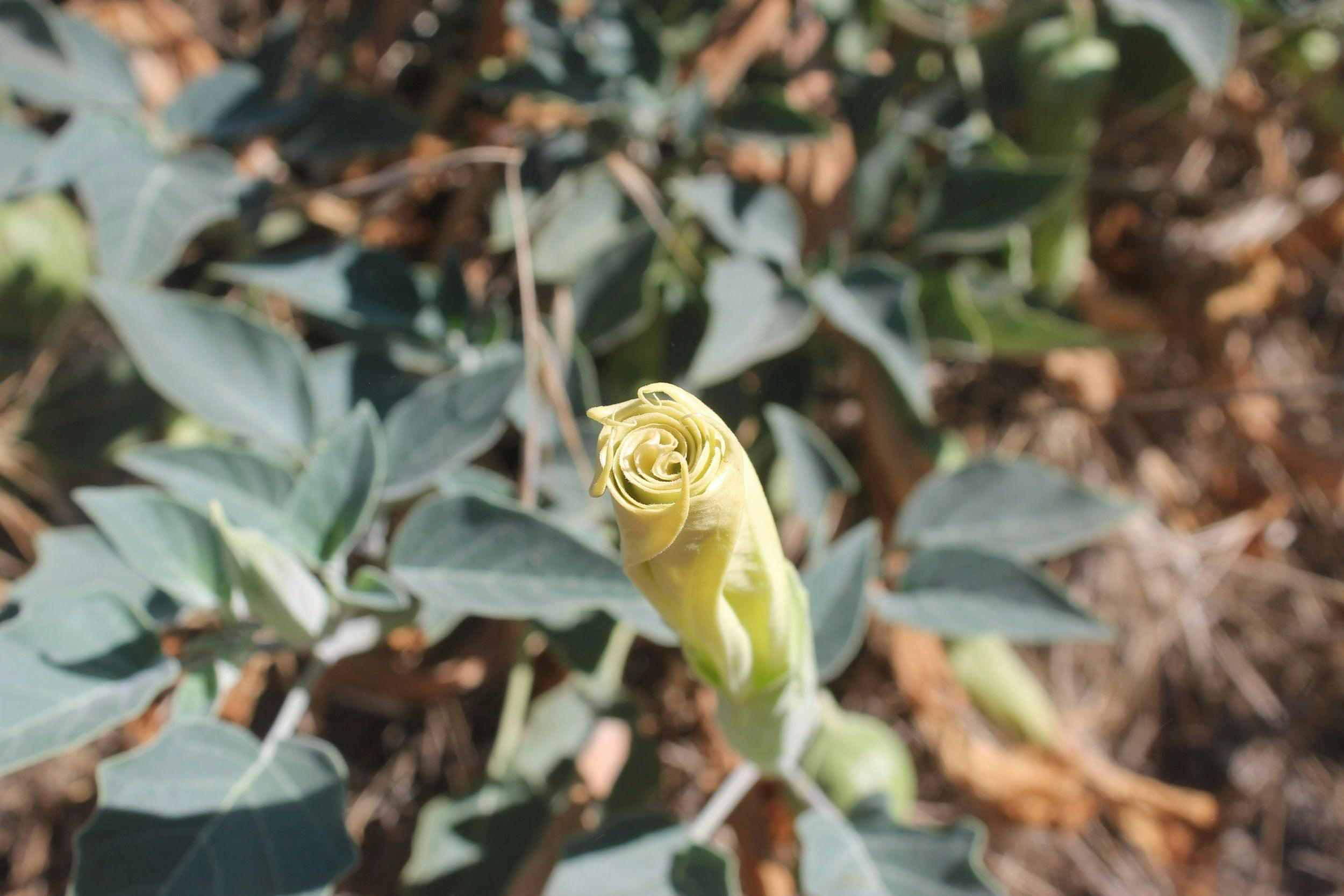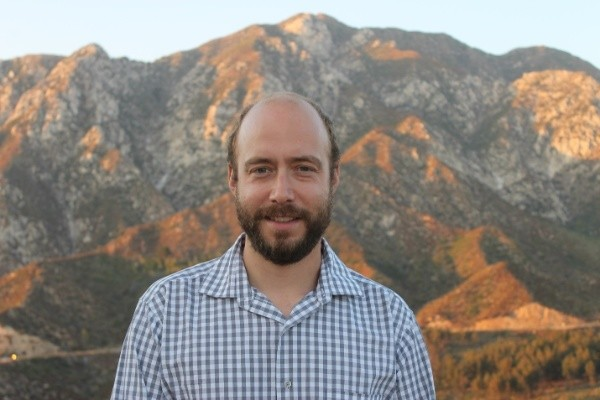A robust plant adorned with large trumpet-shaped flowers, Toloache is admired for its beauty. But beneath its ornamental exterior lies the power to induce visions, the power to heal and the power to kill. Also known as Sacred Datura, this plant was extremely important to the first human inhabitants of Southern California, who used it to journey into supernatural realms. The psychoactive tropane alkaloids found within the roots, seeds and leaves of Toloache induce visions, but are also highly toxic, and would-be vision seekers are advised to tread lightly. The line between psychoactive and toxic doses is quite thin, and hospitalizations or even death for those who have ingested them is not uncommon. Perhaps related to its importance as a Native American medicinal and spiritual plant, Toloache is one of the lucky few native plants of the southwest which has survived in the wild flora of current day inner city LA.
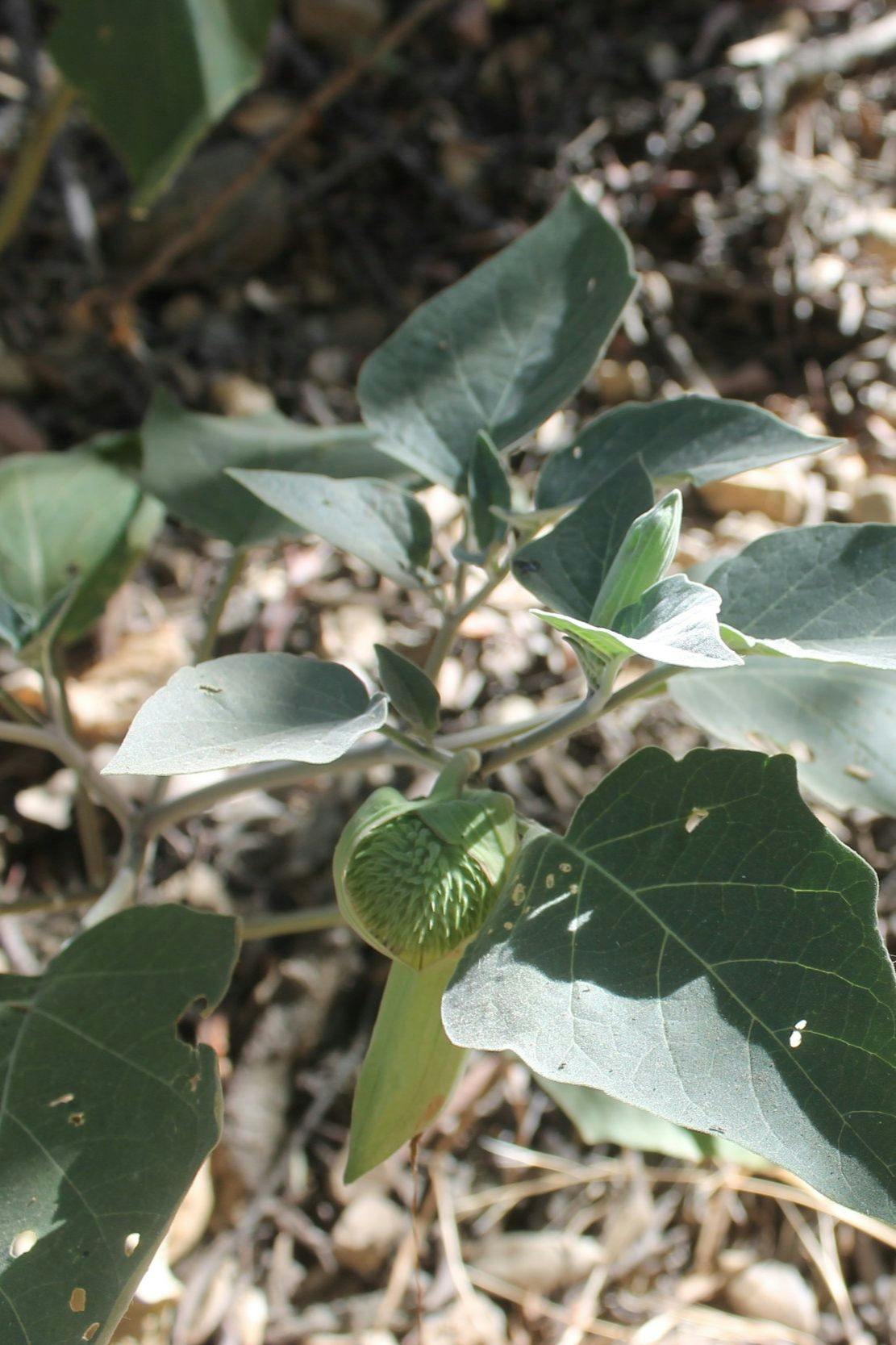
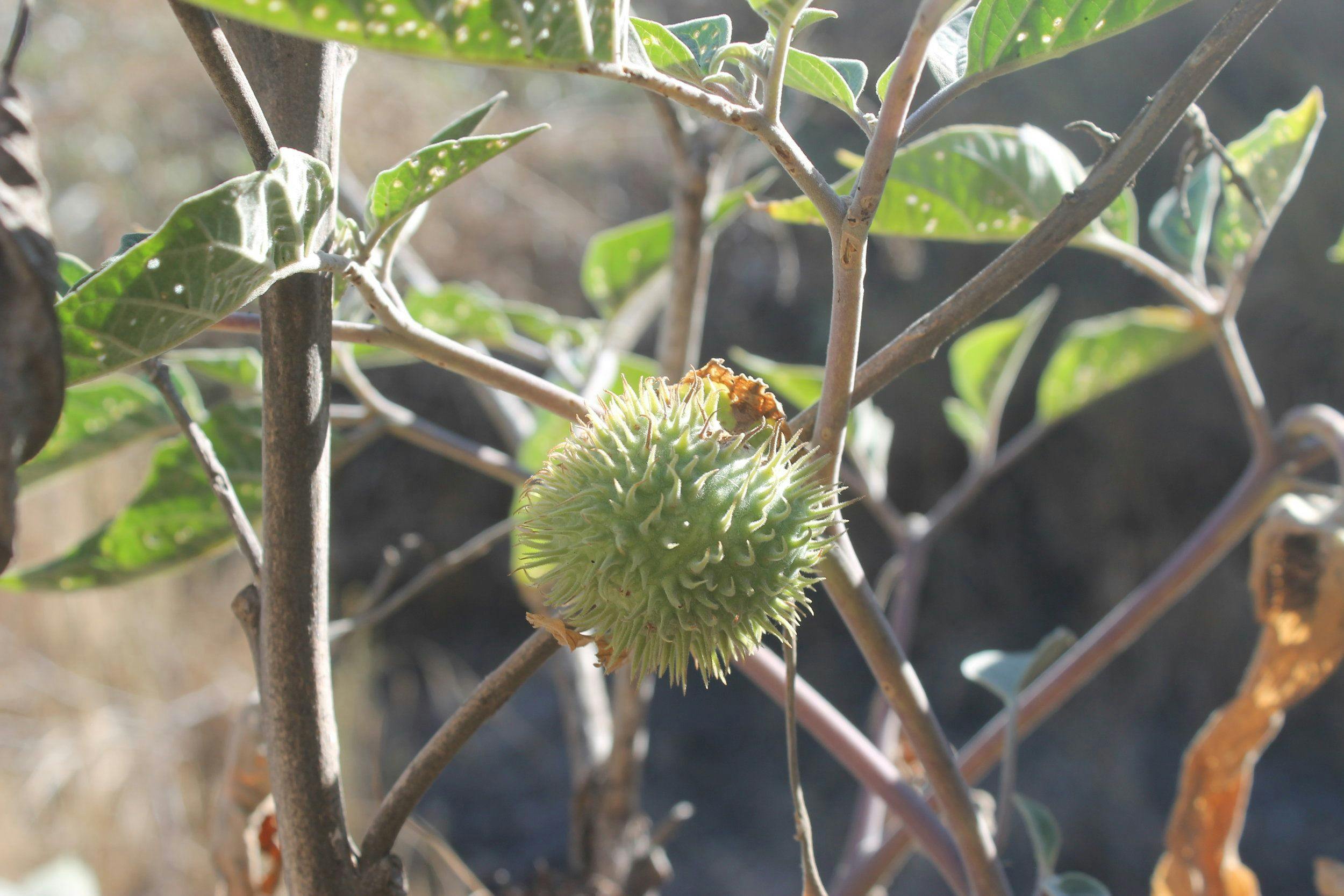
Toloache is generally considered native to northern Mexico and the southwest United States, including California. Either as an annual or as a perennial, it can grow into a large plant, often several feet across, with a prostrate form. The oval-shaped leave are a deep green, and can be lobed or entire. Like many plants in the nightshade family, the leaves release a strong, acrid scent when crushed, hinting at the powerful slew of chemicals found within them. The scented flowers are striking, with white corollas up to eight inches long, sometimes with purple tinges. During the heat of the day they remain closed, opening as the sun and heat subside in the afternoon. Flowers develop into prickly fruits a little over an inch in diameter, that contain flat, tan seeds with a distinct groove at the margin. The distinctive fruits give the plant yet another common name, the Thorn Apple. Several other Datura species occur in California (D. stramonium, D. ferox). These can be distinguished by their smaller flowers and black or grey-brown seeds.
Due to its large size and conspicuous look, Toloache tends to be restricted to areas of the city where it has some room to grow. It is commonly found on highway onramp islands, in median strips, along urban wild walking paths, and amidst construction sites. It is used as an attractive and easily cultivated garden plant, perfect for neglected areas with poor soil. Though generally considered to be a native of Southern California, it has been suggested that it may have originated in Mexico and been brought to California by early Spanish settlers. This idea is challenged however by the well-established use of the plant by indigenous cultures of California. It is unlikely that these cultures would have developed such an extensive relationship with Toloache during the relatively short amount of time since European contact. One does not encounter obvious references to this possibility in the literature, but another potential explanation of its origin is that it arrived in California along pre-European trade routes from Mexico or elsewhere. This possibility is supported by its widespread use throughout Native American cultures and its association with disturbed, anthropogenic landscapes throughout California and the Southwest.

Jan Timbrook writes in Chumash Ethnobotany that Toloache "was probably the single most important medicinal plant of the Chumash." She documents a variety of traditional medicinal uses (relieving pain, ridding the body of tapeworms, treating hemorrhoids), but more extensively describes its use as a supernatural medicine. Religious practices and beliefs were closely integrated with Chumash medicine, and Toloache visions factored heavily in the Chumash religion. The Chumash believe that the plant itself was one of the first people, a wealthy old widow named Momoy who became Toloache after the great flood. Timbrook writes that "In general, toloache was taken for three principal purposes: to establish contact with a supernatural guardian who would provide protection, special skill, and a personal talisman; for clairvoyance, such as contacting the dead, finding lost objects, seeing the future, or seeing the true nature of people; and to cure the effects of injury, evil omens, or breaches of taboo, and to obtain immunity from danger."
The use of Toloache by the Chumash is also well documented by Richard Applegate. He describes the importance of the highly knowledgeable 'Datura givers' who administered a drink made from pounded roots of the plant. In order to provide an effective dose, the givers were required to perform a complicated calculation of dosage based on the size and age of the plant, the conditions it was growing in, and the concentration of the final brew. A lethal dose of Toloache is not much higher than the dose needed to induce visions, and deaths did occur. In these cases, blame was put on the spiritual impurities of the vision seekers, rather than the dosage calculation of the giver. In addition to the Chumash, many other Native American and Mexican cultures also used Toloache, with varying traditions and methods. Other members of the Datura genus have a long established psychoactive use throughout the Americas, Europe and Asia.
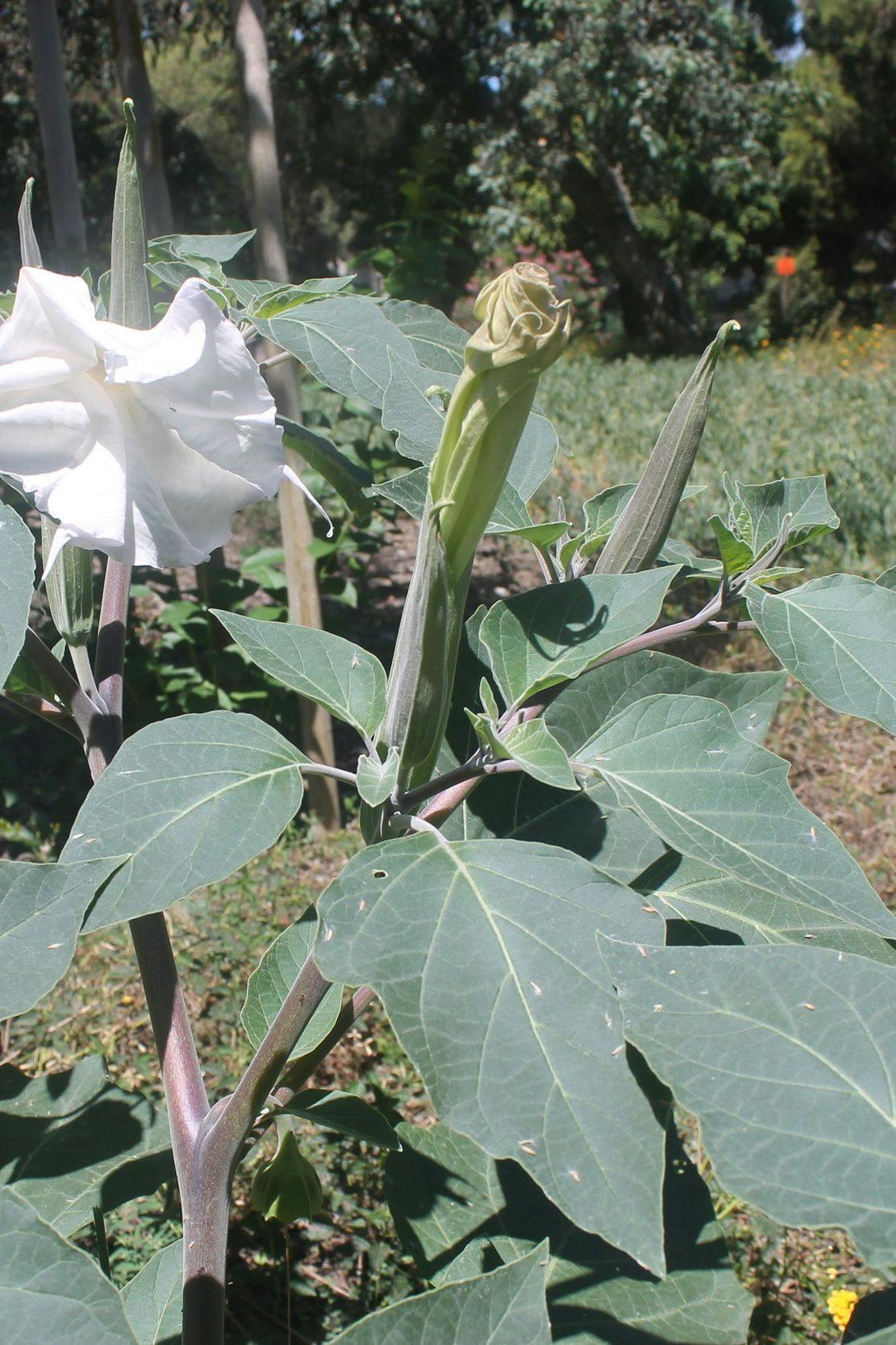
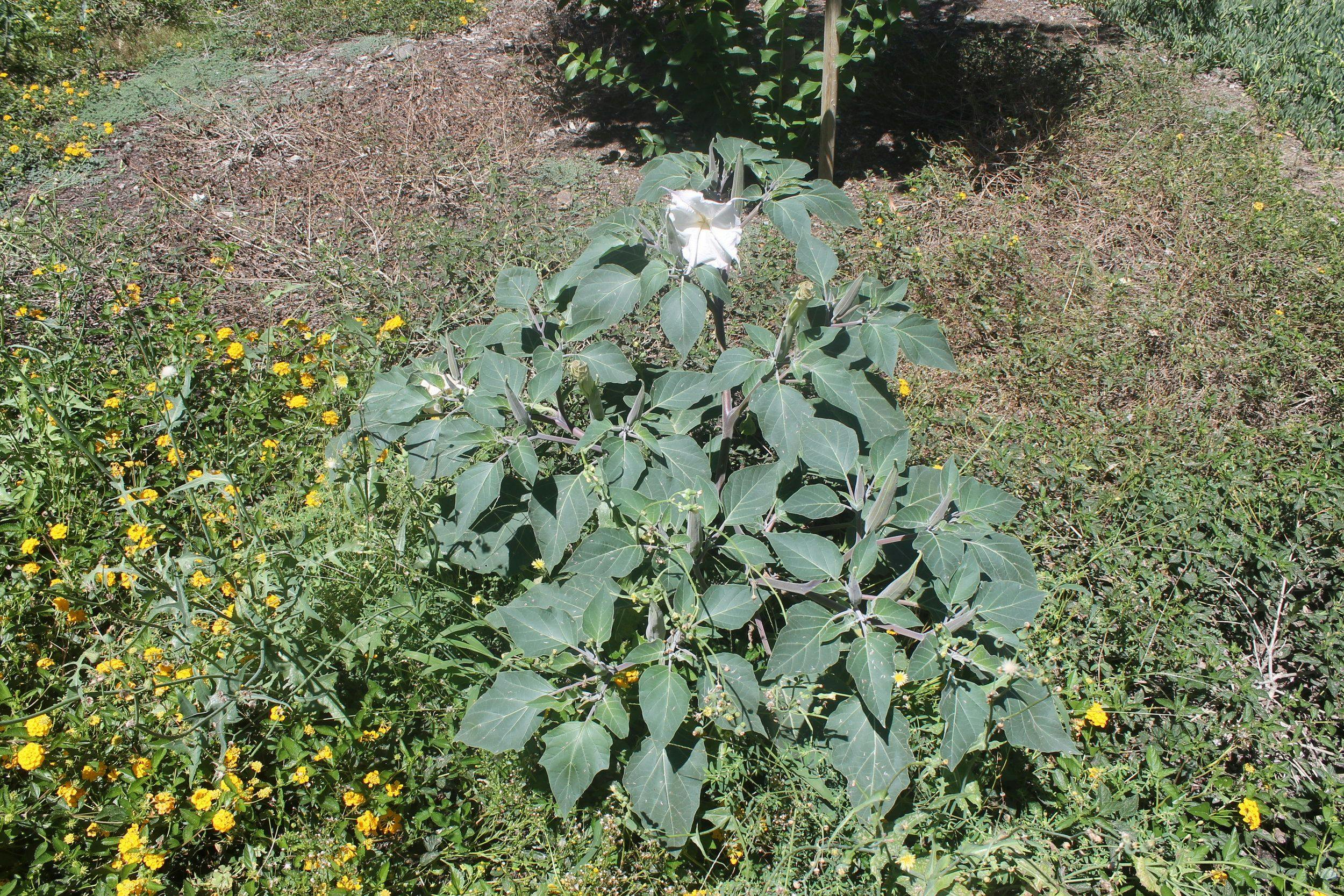
The psychoactivity of Toloache can be attributed to a trio of tropane alkaloids, scopolamine, atropine and hyoscyamine. These are found in many plants in the nightshade family, including other members of the genus Datura and the related Brugmansia, as well as in Mandrake and Deadly Nightshade. Each alkaloid has current medicinal applications and each can cross the blood brain barrier and have psychoactive effects. Scopolamine, for instance, is used to treat motion sickness and was also administered as part of the infamous Project MKUltra where the CIA tested a series of psychoactive drugs on American citizens (including several who would go on to become psychedelicpop culture icons). The high toxicity and variable quantities of psychoactive tropane alkaloids found in each plant has restricted modern use of Toloache as a hallucinogen to only the most daring (or foolish) psychonauts. According to most modern reports, the effects of these alkaloids, even if taken at the correct dose, can be disorienting and rather unpleasant, and some of those who experimented with them recently paid an extremely high price.
Like many plants which are closely allied with humans, Toloache has a long list of common names. Several have already been mentioned, but the common name with perhaps the most interesting backstory is Jimsonweed. This name, which is applied to all members of the genus Datura, is a contraction of the name Jamestown weed. The name refers to the mass consumption of a related plant, Datura stramonium, by British soldiers during Bacon's Rebellion in Jamestown, Virginia. In the early eighteenth century, Robert Beverly described this incident:
"The James-Town Weed (which resembles the Thorny Apple of Peru, and I take to be the Plant so call'd) is supposed to be one of the greatest Coolers in the World. This being an early Plant, was gather'd very young for a boil'd Salad, by some of the Soldiers sent thither, to pacific the Troubles of Bacon; and some of them eat plentifully of it, the Effect of which was a very pleasant Comedy; for they turn'd natural Fools upon it for several Days: One would blow up a Feather in the Air; another wou'd dart Straws at it with much Fury; and another stark naked was sitting up in a Corner, like a Monkey, grinning and making Mows at them; a Fourth would fondly kiss, and paw his Companions, and snear in their Faces, with a Countenance more antick, than any in a Dutch Droll. In this frantick Condition they were confined, lest they should in their Folly destroy themselves; though it was observed, that all their Actions were full of Innocence and good Nature. Indeed, they were not very cleanly; for they would have wallow'd in their own Excrements, if they had not been prevented. A Thousand such simple Tricks they play'd, and after Eleven Days, return'd to themselves again, not remembring any thing that had pass'd."
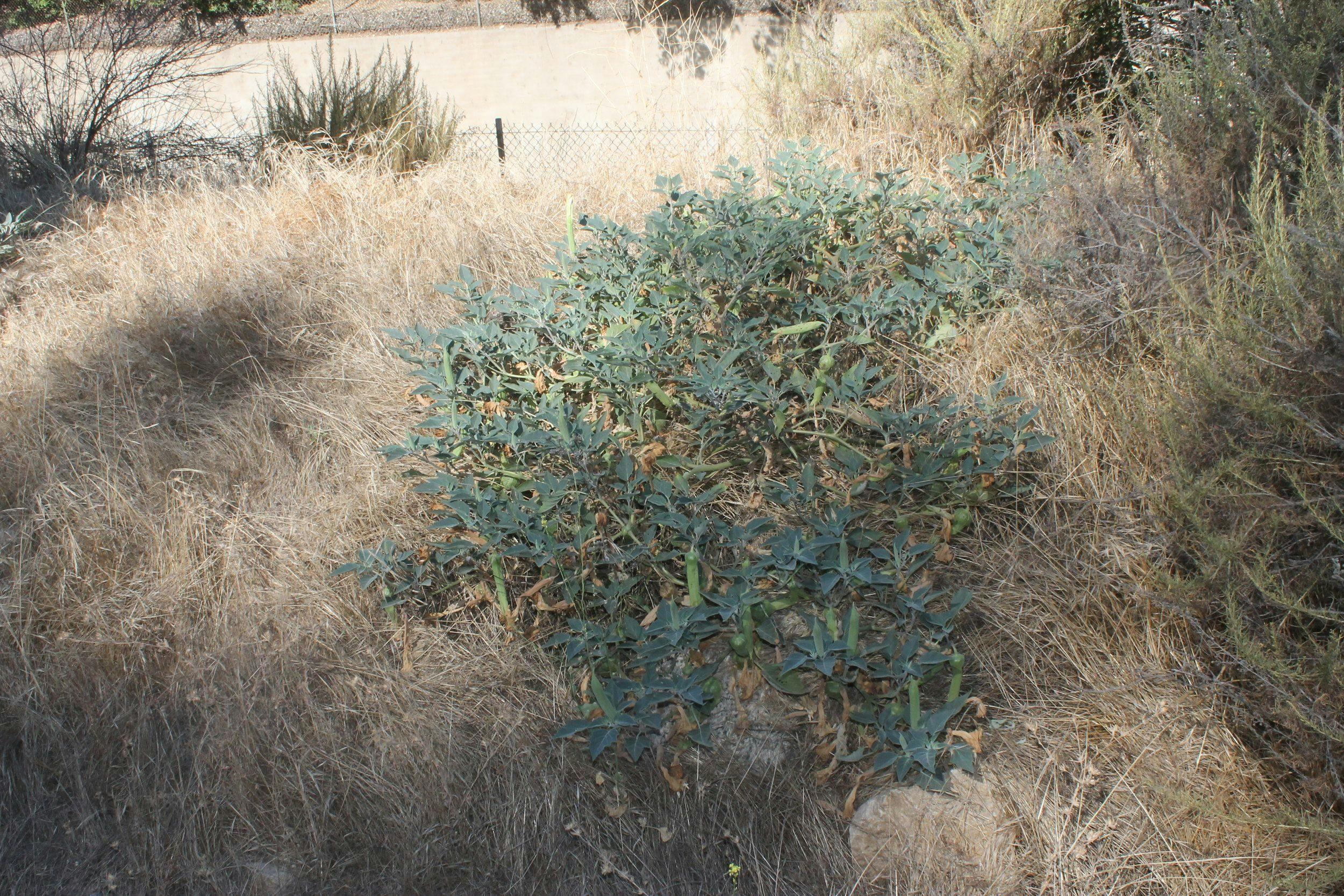
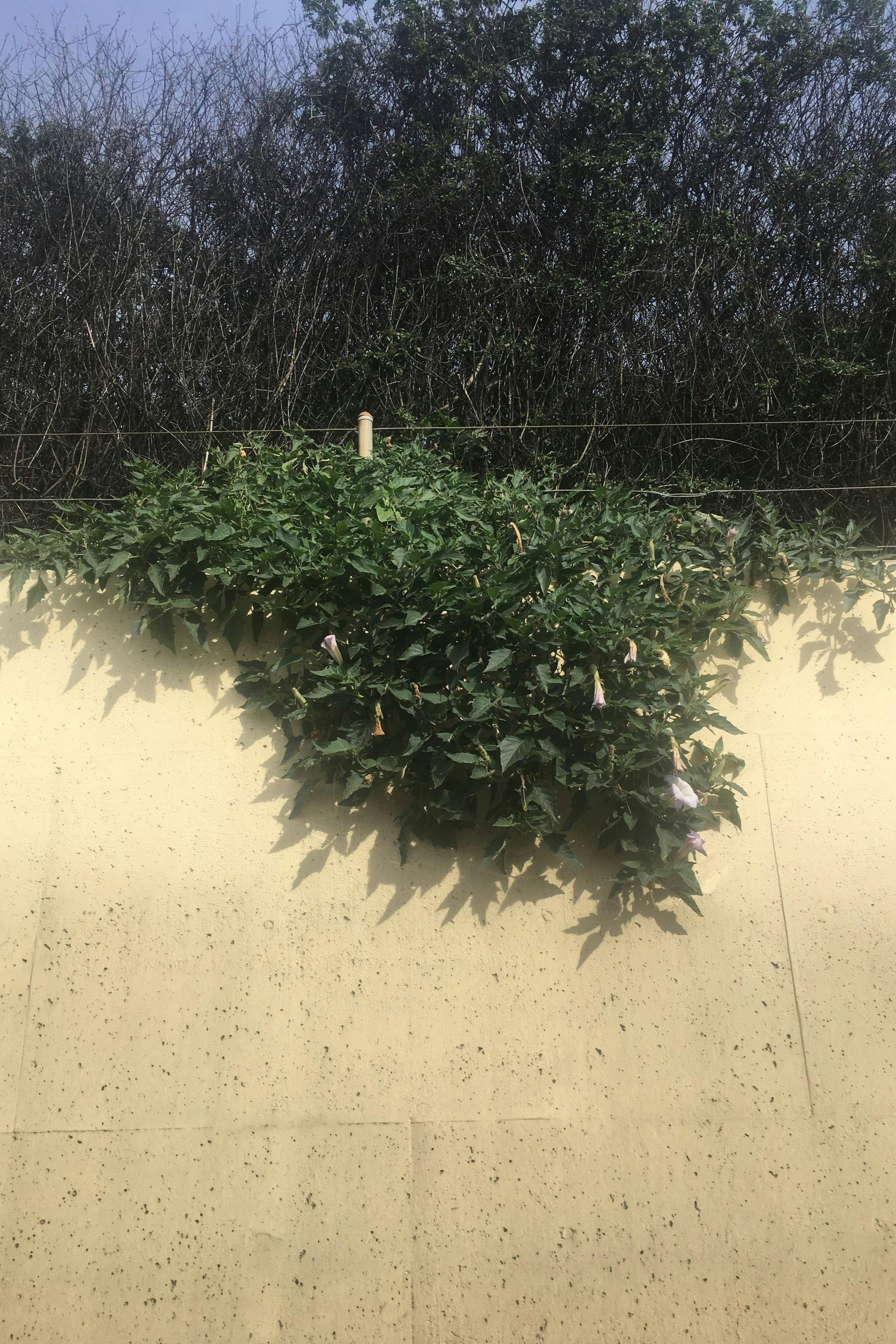
There are many references to Jimsonweed in the historical record of California newspapers. An 1863 article in the Sacramento Daily Union urges readers to find beauty and poetry in the common and mundane, equating the admiration of something as seemingly banal as a lowly plant of the streets to the admiration of stars in the sky. An 1874 marriage notice in the Marin Times ends by wishing that the newlyweds "find their fertilizing dust lovingly intermingled in the same perennial jimsonweed. Amen." In 1897, a Los Angeles Herald article describes the use of Jimsonweed as an ancient Navajo cure for rabies. There are many articles from this era relating to the plants as used in Native American cultures, as well as its deadly and weedy but also useful habits in the developing landscape of the United States. A 1917 article documents that Jimsonweed, though often considered a troubling toxic pest, was also a valuable crop for the medicinal market. Though perhaps to a lesser degree than the area's original human inhabitants, immigrants to American California found value in this common plant of the dusty frontier.
During the many Toloache visions which occurred in Southern California it's interesting to consider whether any were a glimpse of Los Angeles as it is today. If so, those visions must have been terrifying. In just a few hundred years, the landscape has been altered so dramatically that those vision seekers would be unlikely to recognize that they were seeing the future of their homeland. But what they would find, alive and well amidst the concrete and metal which was once sand and rock, would be Toloache, the plant that led them there.
